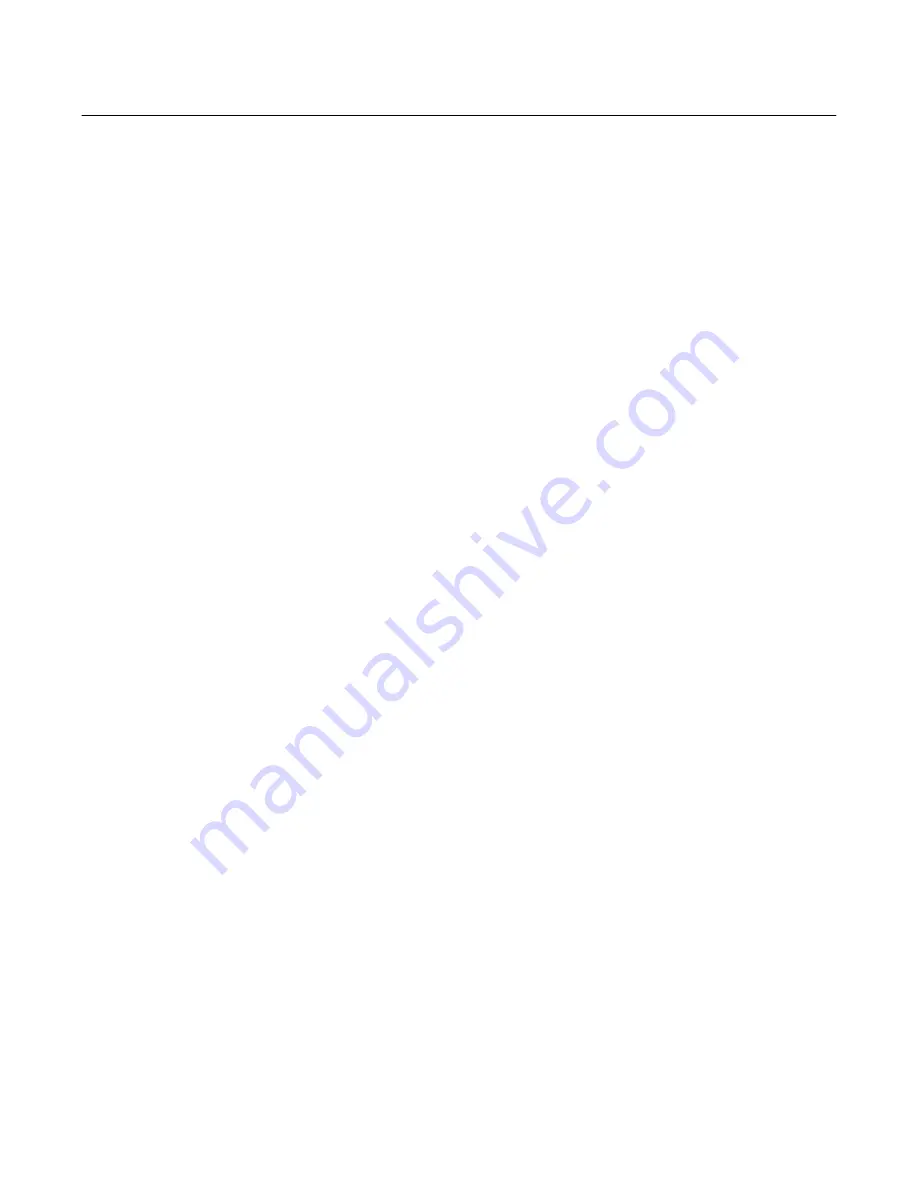
Instruction Manual
D104191X012
CCV-N Valve
October 2018
12
inch into the metal to remove the staking. The seat ring retainer and valve plug should be protected during
processing.
2. Loosen the plug retainer (key 4) with strap wrench or spanner wrench and remove plug retainer from the valve plug
(key 2). Pull the plug retainer out of valve stem (key 7).
3. Remove the Bore-seal (key 17) without damaging the Bore-seal sealing surface and plug sealing surface.
4. Gently slide or push the plug and stem assembly (key 2, 7) into seat ring retainer (key 3) to move out from the seat
ring retainer bottom end.
5. Inspect plug sealing surface. Replace valve plug and stem assembly, and seat ring retainer if wear or damage is
found on the sealing, guiding and seat ring retainer window surfaces. Clean all parts if necessary to remove any
buildup especially on the sealing, guiding and seat ring retainer window surfaces.
6. Gently slide the plug and stem assembly (key 7) back into seat ring retainer (key 3) from the seat ring retainer
bottom end. Hold the seat ring retainer (key 3) and pull the valve stem (key 7) all the way up until there is metal to
metal contact between valve plug and seat ring retainer. The two piston ring grooves on top of the plug retainer
should stick out of the top of seat ring retainer. Coat new Bore-seal sealing surface and valve plug bore-seal groove
sealing surface with high temperature grease. Place the new Bore-Seal plug seal over the top of the valve plug by
hand. The Bore-seal opening should be oriented down into the valve plug as shown in view B on figure 14. Do not
use uneven force to push the Bore-seal into the valve plug groove.
7. Coat thread of plug retainer (key 4) or valve plug (key 2) with anti-seize lubricant. Hand tighten the plug retainer
into valve plug, which might push the Bore-seal into plug sealing groove. Use strap wrench to overcome extra
thread friction to tighten plug retainer into valve plug until metal-to-metal contact between them. The Bore-seal
will be pushed into the plug Bore-seal groove. To avoid leakage when the valve is returned to service, use
appropriate methods and materials to protect all sealing surfaces of the trim parts during maintenance.
8. Pull the valve plug and stem assembly all the way to the top end of the seat ring retainer (key 3) and hold the valve
plug and stem assembly so that the plug retainer (key 4) and bore seal are above the top of the seat ring retainer (as
shown in Figure 15). Make sure the plug retainer is fully tightened onto the valve plug to ensure a metal-to-metal
contact with the valve plug. Stake the thread between the valve plug and plug retainer in one place to deform the
thread to secure the plug retainer to the valve plug.
9. The replacement piston rings will arrive in one piece. Use a vise with smooth or taped jaws to break this
replacement piston rings into halves. Coat new piston ring surface and plug retainer grooves sealing surface with
high temperature grease. Place piston rings into plug retainer therefore the openings of one piston ring would be
90° away from the other piston ring.
10. Gently slide the valve plug, plug retainer, stem, Bore-seal and piston rings assembly into seat ring retainer. Do not
try to push the valve plug, plug retainer, stem, Bore-seal and piston rings assembly into seat ring retainer Bore-seal
sealing surface, which might require extra actuator force. Do not rotate the valve stem end when the whole
assembly is inside seat ring retainer. Set the whole trim set of valve plug, plug retainer, stem, seat ring retainer,
Bore-seal and piston rings on a soft surface such as clean cloth, without any movement.
Assembly
Except where indicated, key numbers are referenced in figure 6, 7, 8, 12, 13, and 14.
1. Inspect all parts for damage and cleanliness; remove any burrs on metal valve components.
2. Place a gasket (key 13) into the valve body (key 1) where the seat ring flange seats. Then, insert the seat ring
(key 9) into the valve body (key 1). The seat ring (key 9) end will protrude out from the valve body (key 1).
3. Assemble the plug stem assembly of each size into the valve body (key 1) as the following:
4. Inspect the sealing surface of the plug, stem, and seal assembly for nicks and scratches. Then, apply high
temperature grease (key 46) sparingly around the spring-loaded seal ring (key 24) or piston rings. For unbalanced
design, there is no seal in the valve plug (key 2). Apply high temperature grease (key 46) sparingly around the
unbalanced plug guiding surface only.
No lubricant (key 46) should be applied on the balanced or unbalanced plug surfaces which would contact the flow
fluid.













































